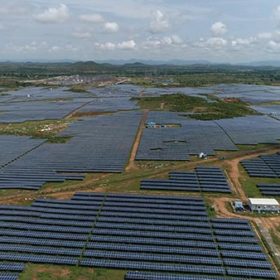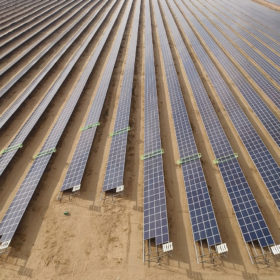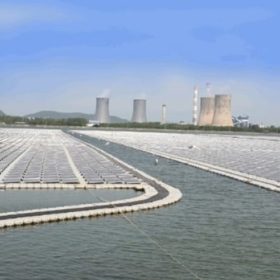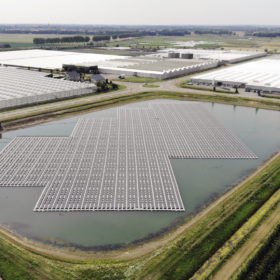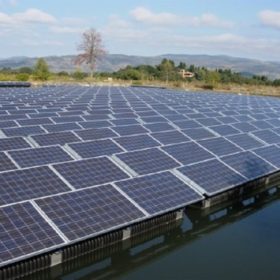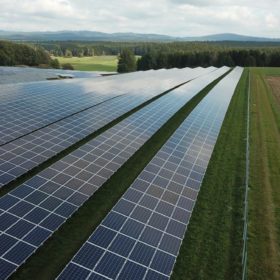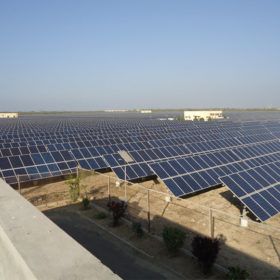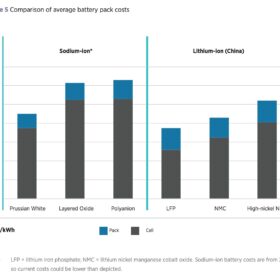AP High Court order upholding the sanctity of solar PPAs a positive news but timely implementation remains critical, says ICRA
In the matter of power purchase agreement (PPA) tariff renegotiation, the high court of Andhra Pradesh has directed the state discoms to honor the PPA terms and clear the pending payments to solar and wind power developers within six weeks from the date of the order. The incremental impact on power purchase cost for the AP discoms is estimated at about INR 10,500 crore, due to the build-up of dues arising out of the difference between the PPA rate and interim rate over the last three-year period.
Ecoppia robotic cleaners selected for Actis’ 150 MW solar project in Andhra Pradesh
The Israeli robotic solar cleaning specialist, which has over 3 GW of deployed projects globally, today announced it has bagged an order from global investor Actis for a 150 MW PV project in India.
NTPC awards India’s first green hydrogen microgrid project
The project would be a test case to assess the potential of solar-powered hydrogen to displace costly and polluting diesel-based energy generation systems in far-off regions of the country like Ladakh and Jammu & Kashmir.
ReNew Power expects to commission 3 MW floating solar project before December
The floating solar plant, located at Meghadrigedda reservoir in Visakhapatnam, occupies 0.005 sq. km out of 5 sq.km of the reservoir area.
BHEL commissions India’s largest floating solar plant
The state-owned engineer and solar EPC has commissioned a 25 MW project at NTPC’s Simhadri thermal power station, in Andhra Pradesh.
NTPC commissions India’s largest floating solar project
The state-run energy company has commissioned a 25 MW plant on the reservoir at its Simhadri thermal power station, in Andhra Pradesh. The installation features more than 100,000 solar modules.
IndiGrid acquires 100 MW solar assets from Fotowatio Renewable
With this, India Grid Trust (IndiGrid) has become the first infrastructure investment trust in India to acquire renewable energy assets. The acquisition of 100 MW solar assets from the Spanish developer was done at an enterprise value of INR 6.6 billion.
Battery major Amara Raja plans 50 MW solar plant
The Indian automotive battery major has announced the setting up of a 50 MW solar power plant in Chittoor District of Andhra Pradesh. The plant—to be built at INR 220-crore investment—will help reduce the manufacturer’s carbon footprint while lowering its electricity bill. The firm, which has already set up a pilot plant facility for Lithium-ion cell development, is also mulling investments into energy storage for the renewables sector.
Andhra Pradesh inching towards 10 GW solar for farming needs
The 6.4 GW auction success takes the state government closer to its 10 GW solar target to provide free, uninterrupted power supply to farmers during the daytime.
6.4 GW solar auction concludes with lowest price of INR 2.47/kWh
The Andhra Pradesh solar auction was oversubscribed by 8.5 GW, but the final prices are significantly higher than the INR 1.99-2.00/kWh record-low tariffs discovered in recent auctions.
